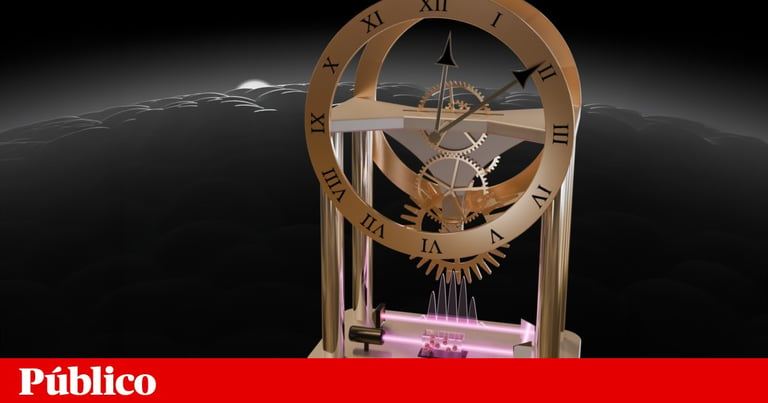Breakthrough in Nuclear Clocks: Thorium-229 Enables Ultra-Precise Timekeeping and Physics Exploration
September 4, 2024
These advanced timekeeping devices could also facilitate testing fundamental physics theories, including investigations into dark matter and the constants of nature.
Thorium-229 has been identified as a suitable candidate for these nuclear clocks due to its unique properties, including a smaller energy jump that allows for the use of ultraviolet light instead of complex X-ray technology.
The concept of using thorium-229 for timekeeping emerged in 2003, following the discovery of its unique energy gap in 1976.
In 1990, researchers confirmed that the energy required for thorium-229 nuclear transitions was even lower than previously thought, making it the only known isotope with such a property.
Recent advancements include CERN's successful observation of thorium-229's low-energy transition and the growth of thorium-229 crystals at the Technical University of Vienna.
A research team led by Jun Ye has made significant strides by precisely stimulating thorium-229 transitions and linking them to other timekeeping mechanisms using frequency combs.
The latest research achieved a measurement precision one million times higher than previous methods, establishing a direct frequency link between a nuclear transition and an atomic clock.
Researchers determined the precise frequency required to trigger the energy transition in thorium-229, measuring it at 2,020,407,384,335 kilohertz with an uncertainty of only 2 kilohertz.
The unique properties of thorium-229 allow scientists to explore whether the laws of physics vary over time, as predicted by various fundamental physics theories.
This groundbreaking achievement is the result of three decades of international collaboration in nuclear physics, culminating in the development of a prototype clock that demonstrates the feasibility of using thorium for ultra-precise measurements.
The findings from this research were published in Nature on September 5, 2024, and have been hailed as a significant advancement in the field.
Nuclear clocks, which utilize signals from atomic nuclei to measure time, promise greater accuracy than current atomic clocks.
Summary based on 15 sources
Get a daily email with more World News stories
Sources

Nature • Sep 4, 2024
‘Nuclear clock’ breakthrough paves the way for super-precise timekeeping
Nature • Sep 4, 2024
Countdown to a nuclear clock
Nature • Sep 4, 2024
Progress on nuclear clocks shows the benefits of escaping from scientific silos
Nature • Sep 4, 2024
Long-sought 'nuclear clocks' are one tick closer